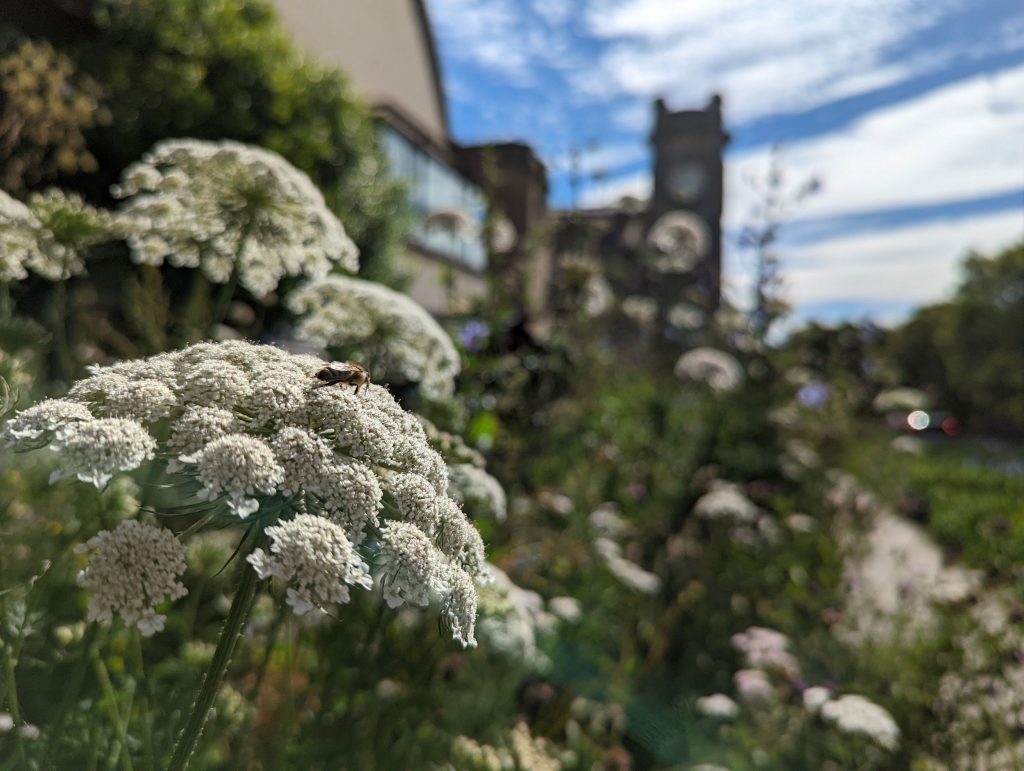If you spot a bee looking a bit tired on your windowsill or in your garden there are a few things you can do to help them out, revive them, and send them on their way.
Why is it important to help bees?
Bees are the world’s most important pollinators. They pollinate a third of the food we eat and 80% of flowering plants. With less of them around it will be much harder for these to grow, and we could see a real shortage of food.
Between 1980 and 2013 every square kilometre in the UK lost an average of 11 species of bee and hoverfly.
Bees also pollinate the plants and trees which are habitats to many other creatures. There are over 270 species of bee in the UK and 67 of these are ground nesting. These are often solitary bees, and so they do not form colonies like honey bees.
Luckily there are some really simple things we can do to help bees out.
What plants are best for bees?
If you spot a bee looking tired in your garden, one easy thing you can do is make sure that they’re near a plant with a high nectar and pollen count. This could include:
- Lavender
- Thyme
- Rosemary
- Honeysuckle
- Hawthorn
- Bluebells
- Crocuses
- Snapdragons
Having these sorts of plants in your garden is a good way to help bees out all the time, whether they’re tired or not. They are rich in nectar and pollen, which provides vital nutrients for our stripy friends, as well as lots of energy to help get them back on their way.
A mix of different plants will help out different species of bees, as well as giving your garden some lovely colourful variety. Smaller bees may need smaller flowers, and including flowers that bloom in early spring up to the first frosts mean that there’s food all year round.
Bees don’t just need meadows and flowers – scalped lawns and mounds of sand also provide a good home for many species of bee.
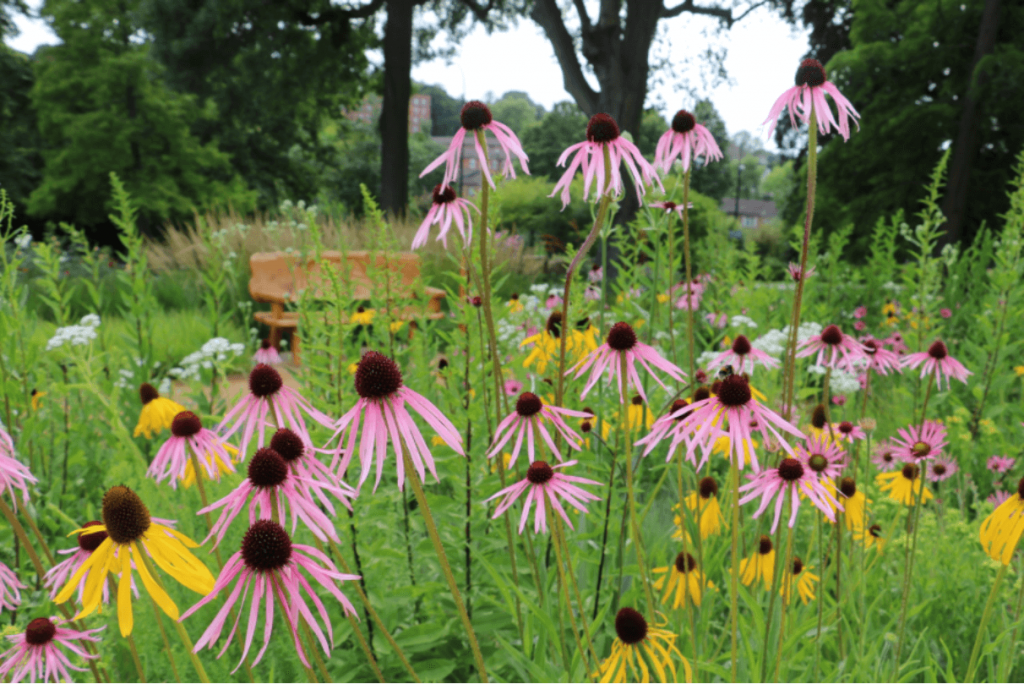
Discover what plants can help which pollinators with our pollinator spotter.
Do bees need food and water?
If you think a bee needs a quick fix of energy and there are no plants nearby, you can make up a sugar water solution on a spoon and place it near the bee. The solution should be two parts sugar to one part water.
However leaving out sugar water should be a last resort, as a sugar solution doesn’t provide the energy and nutrients that bees get from nectar and pollen.
Sugar water is to a bee what an energy drink might be to us. It will get you through the day, but you’re going to need something more substantial and nutrient filled afterwards!
Before you try feeding the bee, bear in mind that the average bee rest time is 30 minutes. They may just be taking a short rest break (we all need them!) so don’t force the sugar water on the bee.
Simply leaving the spoon with the sugar water solution near the bee is enough. Don’t leave out sugar water solutions as this may mean that bees come straight to this, rather than going to the plants for the nectar and pollen that they need. Not only does this not provide them with what they need, it stops an opportunity for pollination.
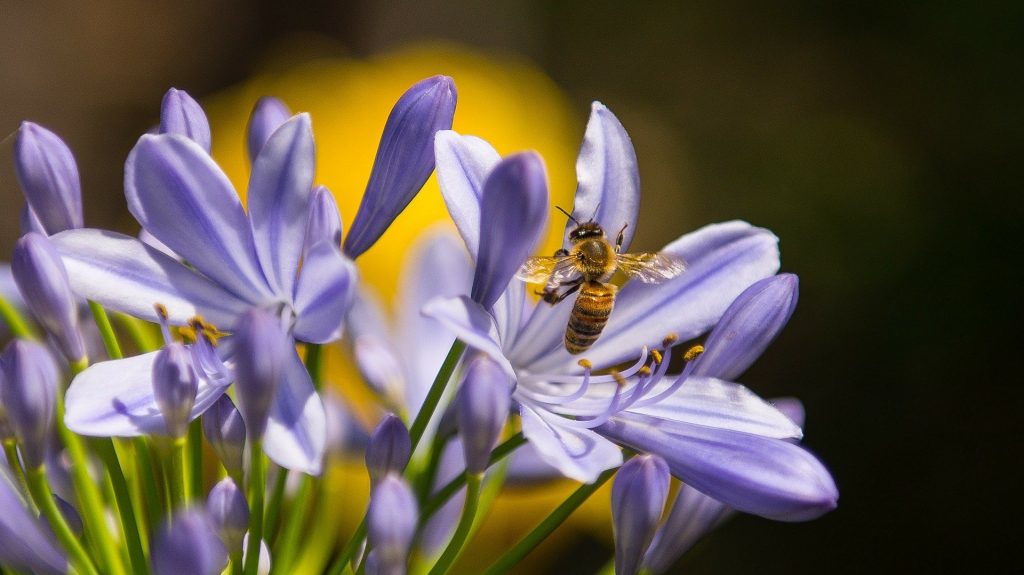
Thanks to pixabay
Do bees eat honey?
It is different for different types of bees.
Honey bee drones for example, do eat honey, as they do not leave their hive to forage for food.
Honey worker bees eat honey during the cold winter months. By making and storing honey they also have access to the nectar within honey during the months when there aren’t flowers.
Meanwhile bumblebees and solitary bees don’t tend to eat honey. Bumblebees that haven’t died off over winter hibernate so don’t need to eat. Solitary bees store pollen and nectar for the winter months, and many of them also die off over winter.
Bees need a drink too
Just like us, bees get thirsty after a hard day’s work. You can leave out some water for bees in your garden, in a bowl or on a plate. Weigh down the dish that you put the water in with stones or similar so that if it topples over no bees get trapped underneath!
Bee hotels
Creating bee hotels in your garden can give bees somewhere to stay and rest. Solitary bees particularly need this as they don’t live in colonies.
Watch our video on creating a solitary bee hotel, and have a go at making your own.
Let it grow
Between 1945 and 2015 the UK saw a 97% decline in wildflower-rich meadows. This has a huge impact on bees, who would live and nest in these meadows. By reducing how often you cut your grass and letting it grow longer, many weeds and other wildflowers will grow, providing a great source of food for bees and other pollinators.
Dandelions in particular are a great flower to provide pollen and nectar for bees, particularly in spring, when other flowers may not have bloomed yet.
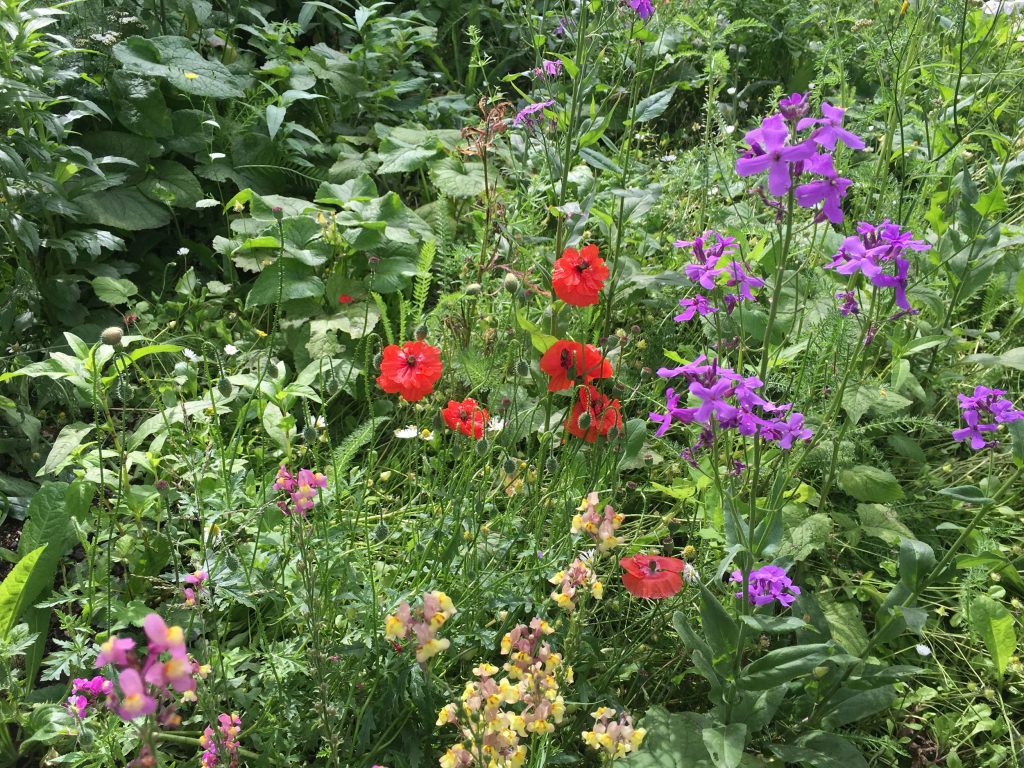
Wildflowers growing in the Horniman
Why are bee numbers declining?
Habitat loss
Expanding housing and urban development mean that more and more animal habitats are being removed to make space for the increasing human population. The decline in wildflower meadows, partly due to changing farming practices, has also meant there’s less space for bees to live.
Insecticides
Insecticides and pesticides are designed to be toxic to creatures that may eat crops, but they’re so toxic that they also affect the bees and other pollinators that need to eat from the plants.
Climate change
Changing temperatures and extreme weather changes affect flower blooming, which in turn affects when bees can get the food they need.
Looking after bees at the Horniman
Pollinator bed
The Pollinator Bed in the Horniman Gardens is full of different species of plants which are all attractive to pollinating insects.
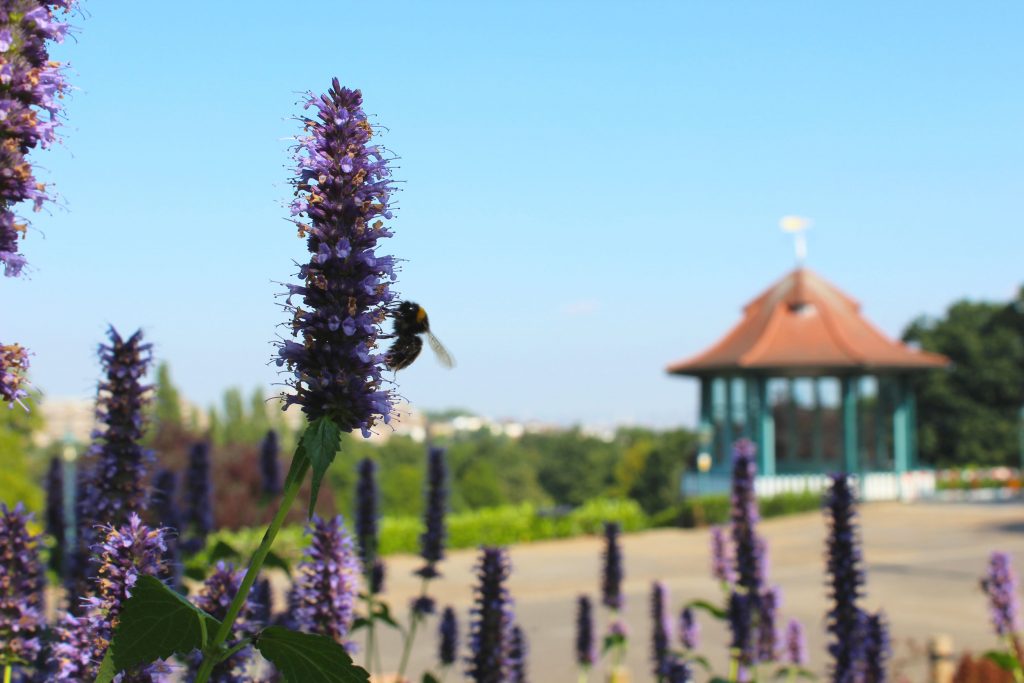
Bee garden
The Horniman’s Bee Garden contains two wildflower meadows, three hotels and lots of flowers that attract bees.
Many bee species have been spotted in the Bee Garden including:
- Buff-tailed, White-tailed, Red-tailed and Common carder bumblebees
- Southern and Field cuckoo bumblebees
- Honeybees
- other insects including several hoverfly species, three different types of ladybird, and more!
